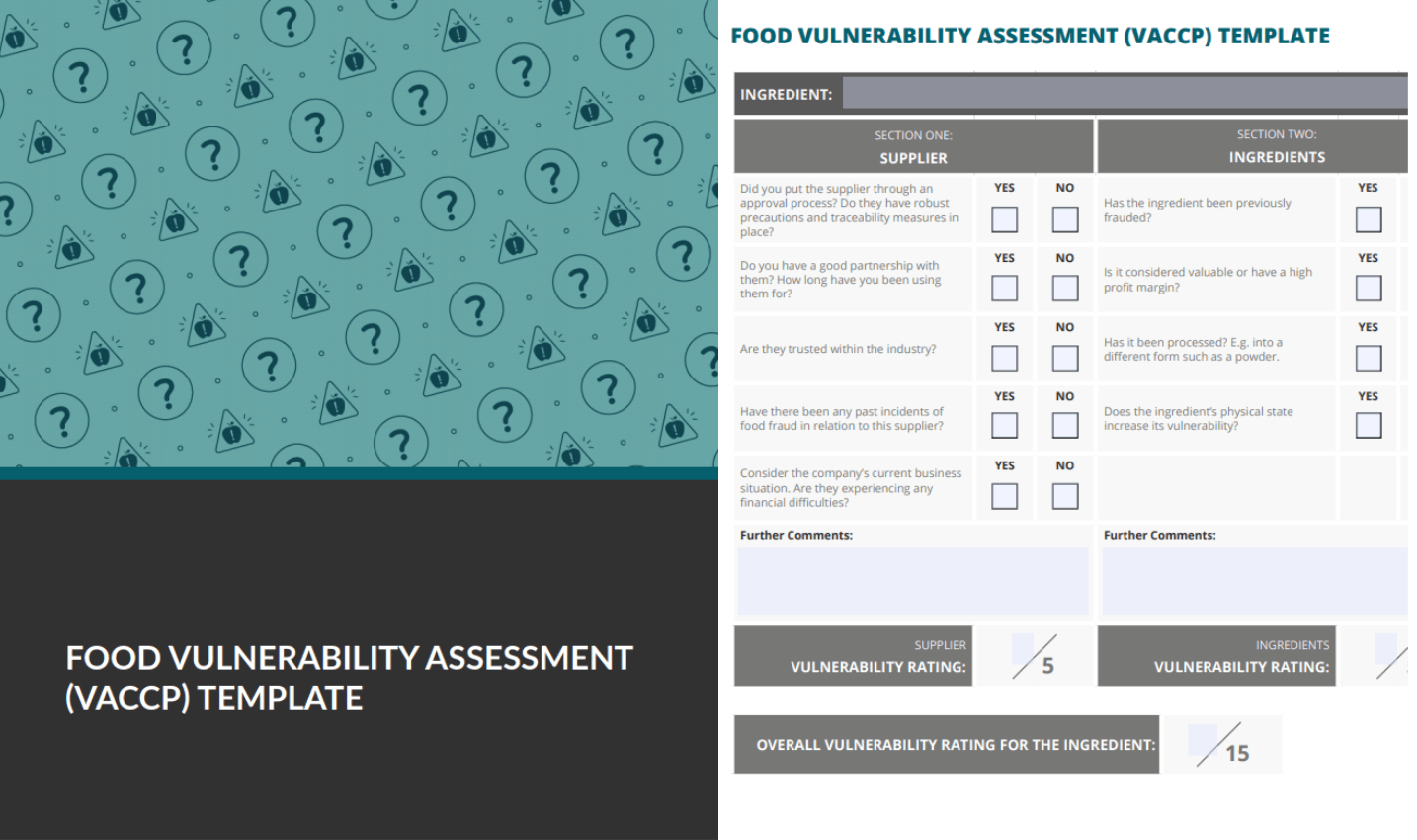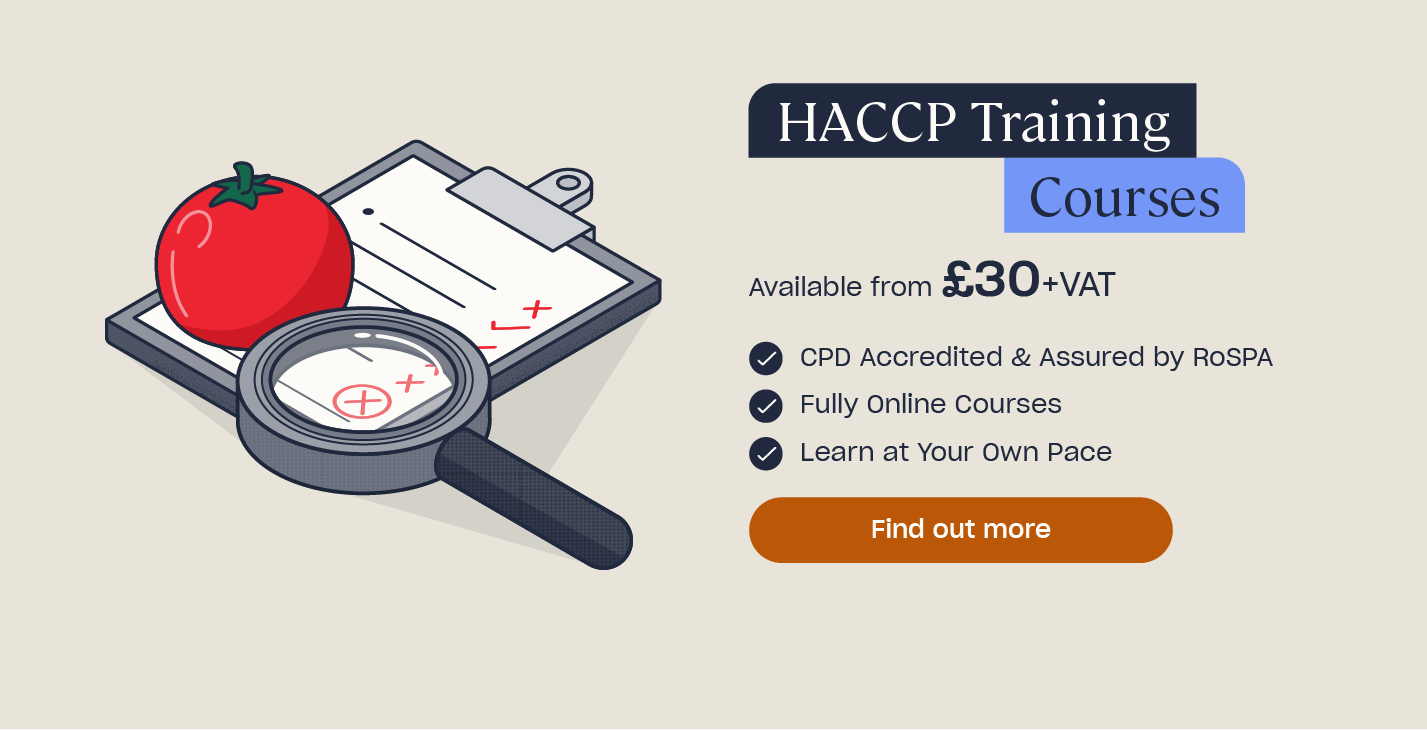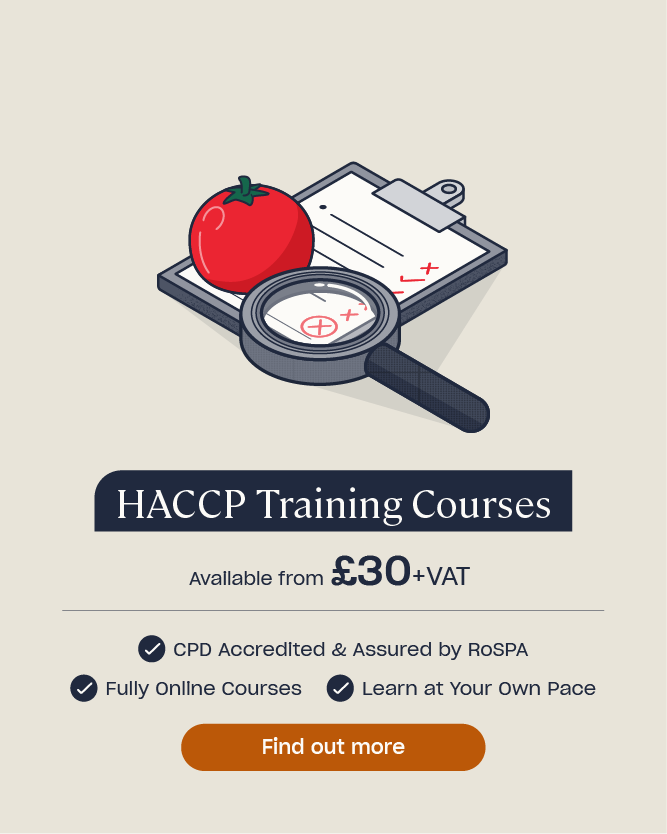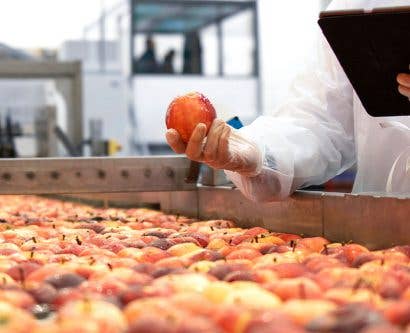Food Fraud: Vulnerability Assessment Checklist
It is easy to fall victim to food fraud, as both a consumer and as a company on the whole. Products go through a long process from sourcing initial ingredients through to the mouths of consumers, providing countless opportunities for interference.
Whoever comes into contact with the product during production must monitor and manage this vulnerability. You must take precautions to ensure what you receive and then serve to your customers is actually what you claim it to be. You can find out more about how this crime affects businesses in our investigative series: What is Food Fraud.
What is a Food Vulnerability Assessment?
A vulnerability assessment, or Vulnerability Assessment and Critical Control Points (VACCP), is a type of food safety management system. It should be carried out to ensure companies are evaluating the risk of food fraud within their company.
During the assessment, you should consider whether each ingredient is vulnerable to fraud. Upon completion, you will confidently be able to identify what preventative actions are necessary to mitigate the likelihood of fraudulent food. You should have then controlled any vulnerabilities within the supply chain, limiting the likelihood of you using fraudulent food.
Is it a Legal Requirement?
By law, companies are not required to have a VACCP system in place, or to carry out any vulnerability assessment. However, leading industry experts the Global Food Safety Initiative (GFSI) and the British Retail Consortium (BRC) both strongly recommend that any company accepting food deliveries has one in place.

Here at High Speed Training, we have created a checklist you can use to ensure your business carries out a thorough assessment of all ingredients and raw materials for vulnerability to food fraud.
You can download our Food Vulnerability Assessment Template below:
How Do I Use My Food Vulnerability Assessment Checklist?
To carry out your vulnerability assessment, you should assess each of your ingredients in isolation.
- Take your first ingredient, such as powdered turmeric. Answer the questions in the table under the first section (‘Suppliers’), providing a ‘yes’ or ‘no’ in the boxes.
- The questions may prompt you to highlight certain areas of concern, which you should record in the ‘Further Comments’ box beneath.
- Then, consider the answers and comments you have given to determine a vulnerability rating for the category from 1 to 5. The higher the score given, the greater the likelihood of breaches in food safety occurring due to vulnerabilities related to the supplier, for example.
- Next, move onto the following section of the table, ‘Ingredients’, and then to ‘Industry Pressures and External Influences’. Follow the exact same process of answering the ‘yes’ and ‘no’ questions and give both sections a vulnerability rating.
- Upon completion, add up the three scores given out of 5 to provide an overall vulnerability rating out of 15. A high vulnerability score (10-15 out of 15) would indicate that this particular ingredient that you are sourcing is susceptible to being frauded. You may find that the ingredient scores badly, with a high rating, for a certain category, such as due to the supplier. If this is the case, you should focus on addressing this as a potential high risk area within your food supply chain.
As a worked example below, we have considered how you should complete an assessment of the spice turmeric.
Section One: Suppliers
You need to know who is supplying you with ingredients, where they are getting them from, and how they are stored and then transported. The better your relationship with your suppliers, the lower the risk of vulnerability that could result in food fraud.
So, with the ingredient of turmeric in mind, consider:
- Has the supplier undergone a thorough approval process prior to ingredients being bought from them? (Your company are responsible for carrying out checks of a supplier)
- Do you know what precautions and traceability measures they have in place? Do they regularly test ingredients themselves?
- What kind of relationship do you have with the supplier from whom you source the ingredient?
- How long have you been using this supplier?
- Are they open to sharing knowledge and information with you?
- Are they trusted within the industry? What kind of reputation do they have?
- Have any past incidents of food fraud taken place in connection with this supplier?
- What is the company’s current business situation? Are they experiencing any financial difficulties?

Remember the Horsemeat crisis in 2013? Take a look at What Have We Learnt from the Horsemeat Scandal to find out how far your meat can travel.
Section Two: Ingredients
You need to have as much information as possible about the ingredient you are assessing. For example, turmeric, like the majority of spices, is particularly vulnerable to adulteration. Rice husk, chalk powder, and lead chromate have all been previously added to batches of turmeric to increase the quantity. All of these factors are independent of the actions you take as the buyer to mitigate the risk of fraud, meaning they are essentially out of your control. However, you need to be aware of these risks and monitor them accordingly.
Consider:
- Has turmeric been previously frauded? Is it likely to happen again?
- What is its market price? Is it a valuable ingredient? Products with high profit margins are more susceptible to food fraud.
- How processed is the ingredient? Are there numerous opportunities for it to be interfered with?
- Does the product’s physical state make it more vulnerable? Powdered turmeric will be easier to adulterate that the turmeric root, for example.

Section Three: Industry Pressures and External Influences
You must be knowledgeable in current industry trends and pressures that may affect vulnerability to food fraud.
Consider:
- How in demand is the ingredient? If the product is experiencing a boost in sales due to a recent surge in popularity, there will be an increased demand.
- Is the ingredient used in several different products and businesses? This means demand for the ingredient will be high and so fraudsters may see this as an opportunity to make a profit through adulteration.
- Has there recently been a sudden increase in the market price of the ingredient?
- Has there been a considerably poor harvest, as a result of bad weather for example? It is likely that supplies of the ingredient will be scarce and so when demand exceeds supply, the value will increase. Food fraudsters will likely try and take advantage of this opportunity, for example through increasing the quantity of turmeric by adding rice husk.

Before you begin your vulnerability assessment make sure you have knowledge of what procedures are already in place. During your assessment you should find yourself also assessing these existing control measures. Consider why you have them and whether they are effective, as well as how often you should be reassessing them.
To summarise, you must know:
- Your suppliers (and supply chain)
- Your ingredients
- The industry pressures and external influences
What to Do if Food Vulnerability is High
Having completed your vulnerability assessment, you may determine that your supply of ingredients is susceptible to being frauded. You must take measures to manage this risk and to ensure your food supply is as secure as possible.
During the assessment, you should have identified particular areas which are vulnerable, for example a poor harvest causing industry pressures on a certain ingredient. This vulnerability doesn’t guarantee that food fraud is occurring and, even if it is, there is little action you can take to prevent it.
However, if you understand and are aware that there is a risk, you can use this knowledge to identify a potentially fraudulent ingredient. Within your business, ensure that you monitor and carry out regular checks on this ingredient until the risk is minimised.

Spotted something untoward during food production? Check out: Whistleblowing on Food Crime.
What to Do Once Satisfied
You must not disregard the findings of the assessment once you are satisfied that the risk of food vulnerability is manageable. It is likely that you can further reduce your supply’s vulnerability to food fraud.
To minimise the risk of accepting and using products that are fraudulent, you should follow the following recommendations:
- Carry out vulnerability assessments frequently as food vulnerabilities will be a constant threat, changing over time. At a minimum, you should complete a checklist once a year, as well as thoroughly checking every new ingredient introduced during a localised assessment.
- Keep up-to-date, detailed records of all vulnerability assessments.
- Ensure that you are checking for patterns during your assessments, such as a supplier that withholds information from you.
- Assign tasks for staff to complete once the checklist has been concluded. All staff members should be aware of the risk of food fraud and how to mitigate it.
By regularly carrying out vulnerability assessments, you are mitigating the risk of food fraud from affecting your business and customers. As a type of food risk assessment, completion of your Food Vulnerability Assessment can form part of your evidence alongside a HACCP management system to demonstrate due diligence to food safety standards.
What to Read Next:
- What is Food Fraud Costing Your Business?
- Food Traceability Template
- What is Due Diligence in Food Safety and How Can I Evidence it?
- How to Accept Frozen Food Deliveries: A Safety Checklist












